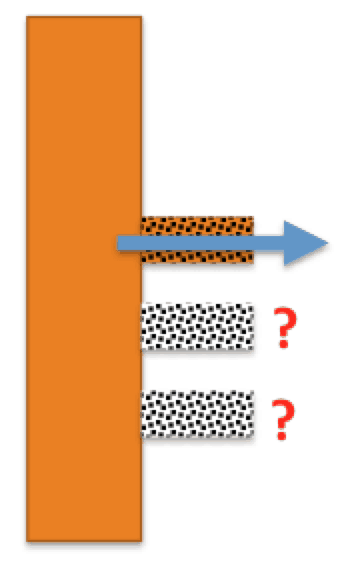A quick reminisce…
Before we drill deeper into the topic, first an introduction. Over the years, I have had the opportunity to work with many drilling teams. I have to say, some of them still occupy a very special place in my heart. Not only because of the quality of the people I had the pleasure of working with; but also for the amazing things we did together. Solving challenges, creating knowledge and new practices; many that remain applicable and successful today.
Nevertheless, the most important thing I have come to realize after all these years is that there are no universal best practices. Even for the same problems, you see practices nearly forbidden in one location are the standard in another one. After all, the way of doing things comes from human experiences and how open are organizations, as a team, willing to try new or just different things.
In today’s world, drilling teams aren’t (or should not be) allowed to stick to old or customary ways anymore. Effective drilling teams in today’s world should be, more than ever, ready to break paradigms. Especially the greatest paradigm in our industry:
Anything new or unusual is risky and should be avoided.
We are in an industry that, among other things, should already be expert at dealing with risks. This is what we do; risk management. It is our day-to-day most important and added value task. I am not only talking about safety risks; I am mainly referring to engineering and operational risks.
Consistently, risk management is an inherent part of well engineering. From design conceptualization to every single operation we are about to do. Being ready to challenge the plan, adapt to changing situations and engineer our way out of problems, as a team, should be among the most critical aspects of our work.
Thief zone plugging
Let’s take, for example, the case of plugging a thief zone. In this hypothetical situation, while drilling you encounter significant losses; local prognosis and experience suggest that there could be an additional losses zone not too far underneath.
What do you do? Do you continue drilling to try to expose all the probable losses intervals? Or you stop drilling and try to cure the losses you are already having with a cement plug (*).
(*) Assuming LCM has not been successful.
Plug or drill deeper?
From cementing point of view, the deeper you drill past the initial losses zone, the lower the chance to get a single cement plug to cure the losses. Why?
- Curing an off-bottom losses zone with cement is less likely to be successful in fewer, or even a single attempt;
- In some formations, hole enlargement is more likely, if drilling continues under severe losses past the initial losses zone. Hole enlargement will also lower the likelihood of success in fewer attempts; and
- The thicker the losses interval, the more cement plug attempts you will likely need.
On the other hand, the whole idea is to safe NPT or to gain effective ROP. In simpler words, drilling more hole takes us closer to finish the section. Right?
Graphically, this can be explained as followed:
| Case | Details | Facts |
 |
– Drilling to expose all zones and try to cure the losses with cement in “one” attempt | The only thing We know is the existence of the 1st zone, the other zones are only known to exist occasionally and perhaps with different losses severity |
 |
– Curing each losses zone individually before resuming drilling deeper |
In summary, there should be a balance between the depth drilled past the initial losses zone (Max. effective ROP) and the success rate (Min. possible NPT).
The success rate is linked to NPT. Each cement plug attempt requires: POOH bit + RIH DP + Cement Placement + POOH DP + WOC + RIH bit. So, the fewer cement plugs the less overall time. But, the success rate is also linked to the job conditions (losses rate, length of the cement plug or the thickness of the losses interval, cement plug off-bottom or on-bottom, hole enlargement).
Here I have seen different approaches by different drilling teams. As I said, there are no universal best practices; what’s matter is the existence a team willing to work together and a proper process to engineer the job and manage identified risks.
Still, I am very curious….
What would you do? Drill deeper or plug the first losses zone off?
Cheers
L. Diaz



Cementing Supervisor III looking to that job have 10 tears Exp Across halliburton